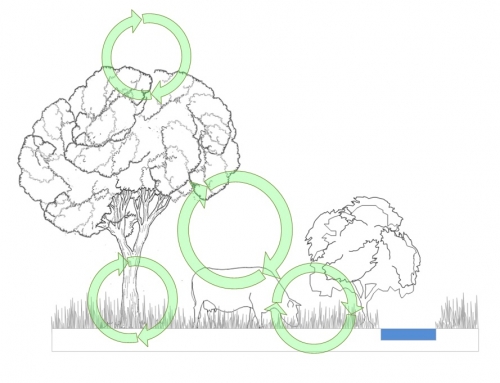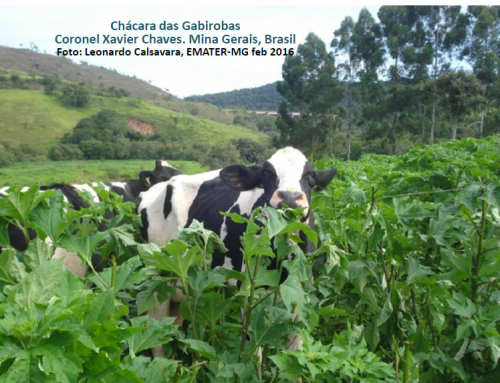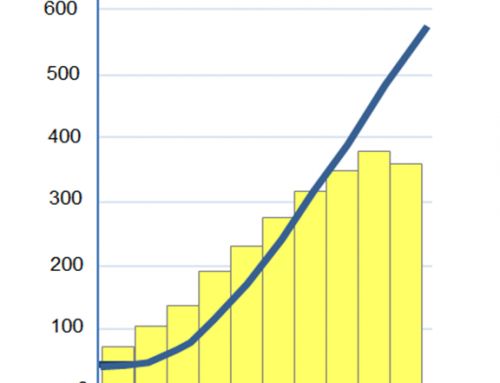The selection process of the work areas started from a prioritization of the most important regions in the country in terms of their environmental attributes such as the existence of ecosystems of global importance and the proximity to protected areas in which areas important for production Livestock
Zones 1 and 2 contain the last fragments of Tropical Dry Forest, considered one of the neotropical ecosystems most threatened and with a degradation in 98.5% of its surface in Colombia. Another strategic ecosystem are the wetlands between the Cauca and Magdalena rivers considered to be a high priority by the International Union for Conservation of Nature (IUCN) and The Nature Conservancy (TNC) due to the existence of migratory birds and endemic species.
Photo 3. The foot of mount Orinocense is a strategic region in the conservation of mountain belt of the Sumapaz. Finca Andorra, Cubarral, Meta.
From the thirteen areas initially proposed, a prioritization was carried out through a matrix that included criteria for biodiversity, production, and environmental and social services.
Once this matrix was applied to all the pre-selected zones, its number was reduced from thirteen to eight zones in a first exercise and then, after an analysis in the regions, it was lowered to five subregions with which a concentration of the Project in the most strategic areas of the country. With this process, only one nucleus was left for each region of the project, with the exception of the coffee-growing ecoregion to which the Ibagué terrace area was annexed because both are connected to the PNN Los Nevados





If some one wants to be updated with latest technologies then he must be pay a quick visit this site and be up to date everyday. Ernestine Quentin Thornton